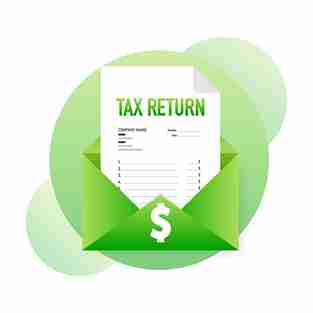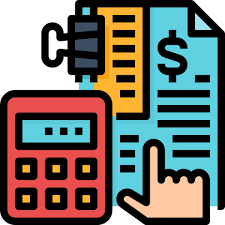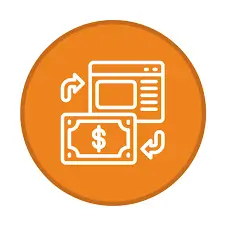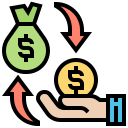U.S. Tax System: Pros and Cons
The tax system in the US
The United States tax system has two levels: one at the federal level and one at the state level. Both federal and state taxes are distinct and have individual authorities to decide on the tax regulations. Within the states, each state has its tax system and regulations separate from those of the other states. The tax system in the US is very complex and has layers of several rules and jurisdictions. There are various types of taxes: income tax, sales tax, capital gain, social insurance tax, corporate tax, and property tax. All the rules and regulations related to the tax system in the US are given in the Internal Revenue Code (IRC).
In the US, federal income tax is a progressive tax. A progressive income tax means you pay higher taxes as you move up in income. There are different tax rates applicable to income tax slabs.
What is a progressive tax?
A progressive tax is a tax system where tax liability increases with an increase in income. Currently, the United States places a progressive income tax that requires higher-income citizens to pay a higher percentage of their income as taxes. Taxpayers pay taxes according to categories based on their income.
For instance, in 2021, individuals earning up to $19,900 will be subject to 10% tax. While an individual earning between $19,901 and $ 81,050 is liable to pay $1990 plus 12 % on the amount exceeding $81,050 as tax, After these two levels, there are five additional income brackets.
Pros and Cons of the U.S. tax system
Pros of the US tax system:
- A universal tax system will put more economic burden on the low-level income group in society. That means they will have less income at their disposal. Thus, a progressive tax shifts the tax burden on those taxpayers who are more capable of paying.
- Implementation of a progressive tax system helps the government generate more income than otherwise. As the burden of the tax falls on people earning a lot, The contribution of wealthier households toward taxation will lead to a reduced fiscal deficit to some extent.
- It improves the overall spending power of the economy. In the case of the flat-rate system, low-income earners struggle to meet their needs. They live paycheck to paycheck, so any emergency can make their situation worse.
- It is a “pay as you go” system, which means you earn money and get taxed. So, in the case of a loss of income, there is no tax burden.
Cons of the US tax system:
- It is unfair and unconstitutional, as it doesn’t treat all the citizens equally.
- It might discourage further expansion and development of the business as additional profits land up in higher tax brackets.
- It can put a taxpayer in a higher tax bracket without any real increase in income due to inflation.
- It may lead to misrepresentation and corruption.




























































